Graphite spheres from Sussex County, New Jersey
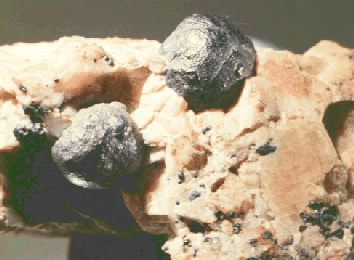 |
with franklinite. Probably from the Sterling Hill mine. E.W. Heinrich collection, Seaman Mineral Museum. JAJ photo. |
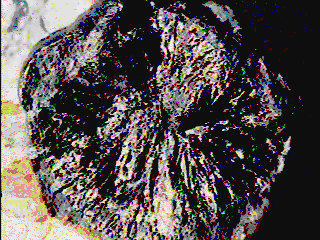 |
Note the radial internal texture. Seaman Mineral Museum collection, DM1504. |
One of the most unusual morphologies of graphite is that of spheres
that have a radial texture in cross section. Such graphite has long
been known to occur in certain cast irons but also occurs naturally in
both igneous and metamorphic rocks. Sizes range from microns to centimeters in
diameter.
The microstructure of graphite aggregates are well revealed by
reflected polarized light microscopy of polished sections.
Click here
to see polished sections of
spheroidal aggregates from Sterling Hill.
 |
with franklinite. Probably from the Sterling Hill mine. E.W. Heinrich collection, Seaman Mineral Museum. JAJ photo. |
 |
Note the radial internal texture. Seaman Mineral Museum collection, DM1504. |
 |
| etched from gray-white calcite. John A. Jaszczak collection #1743a and photo. |
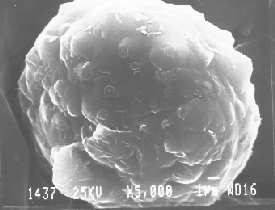 |
| etched from calcite. Note the individual hexagonal graphite crystals on the surface with their basal planes lying parallel to the surface of the sphere. John A. Jaszczak collection #1394. SEM photo by Ruth I. Kramer. |
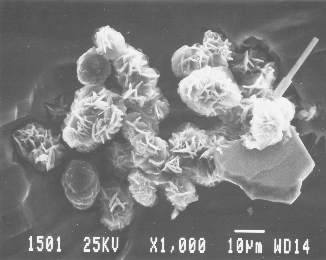 |
| with iron sulfides, etched from calcite. John A. Jaszczak collection #1394. SEM photo by Ruth I. Kramer. |
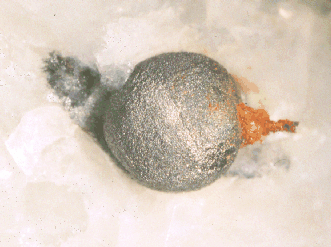 |
| John A. Jaszczak collection #1812 and photo. |
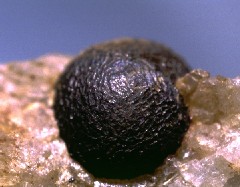 |
| Goulding-Keene quarry, Egan Chute, Ontario, Canada John A. Jaszczak collection and photos. |
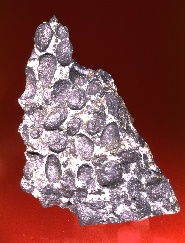 |
 |
| |
|
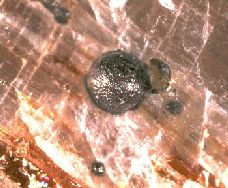 |
|
| Spheres also occur in associated eudialyte and albite. John A. Jaszczak collection and photos. |
|
JASZCZAK, J.A. (1994) On the natural occurrence of spherical graphite. Rocks and Minerals 69, 117-118.
LEMANSKI, C. (1991) Graphite in ore: An unusual occurrence at the Sterling Hill Mine. The Picking Table 32(1), 11-13.
 Back to Jaszczak's home page
Back to Jaszczak's home page Back to Graphite Page
Back to Graphite Page